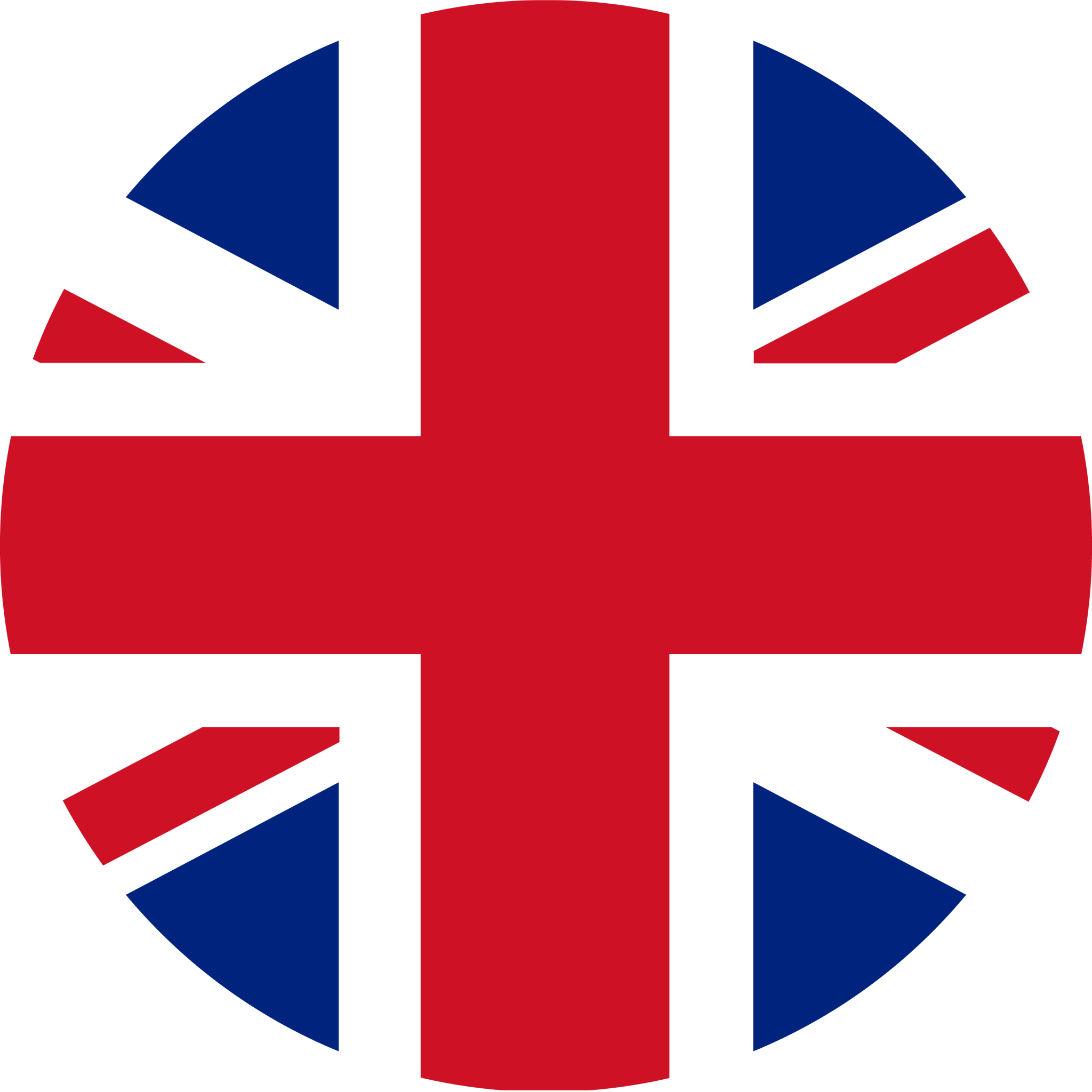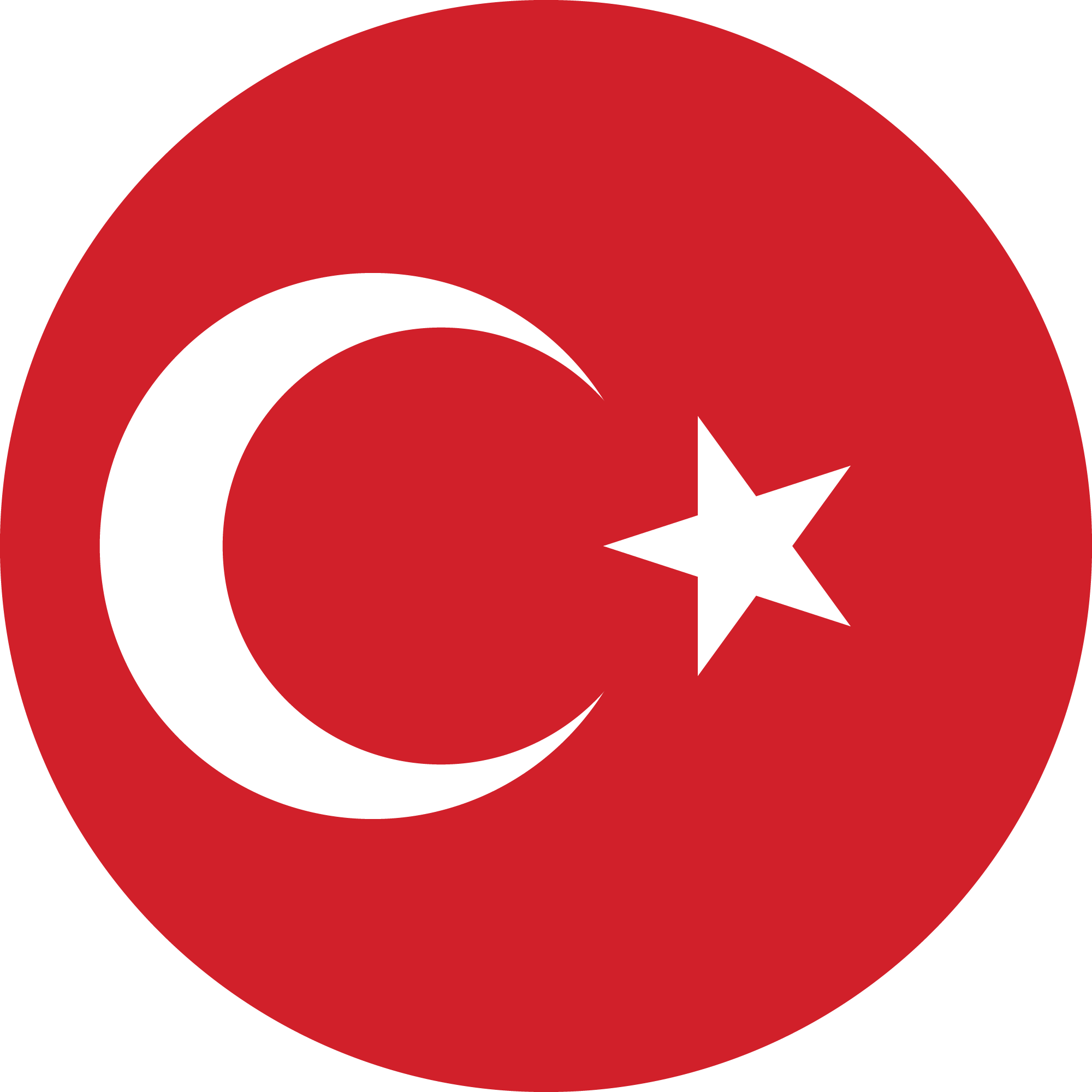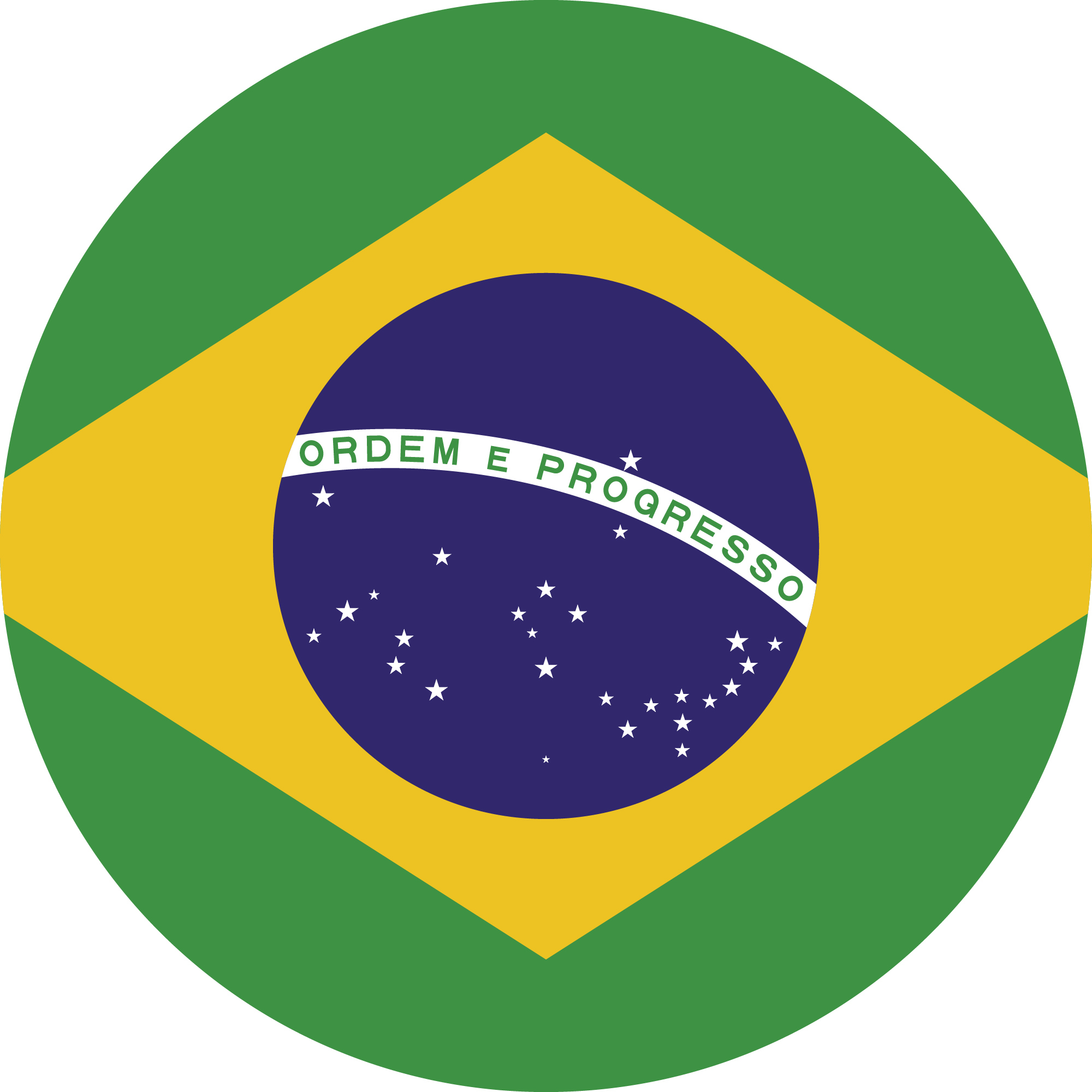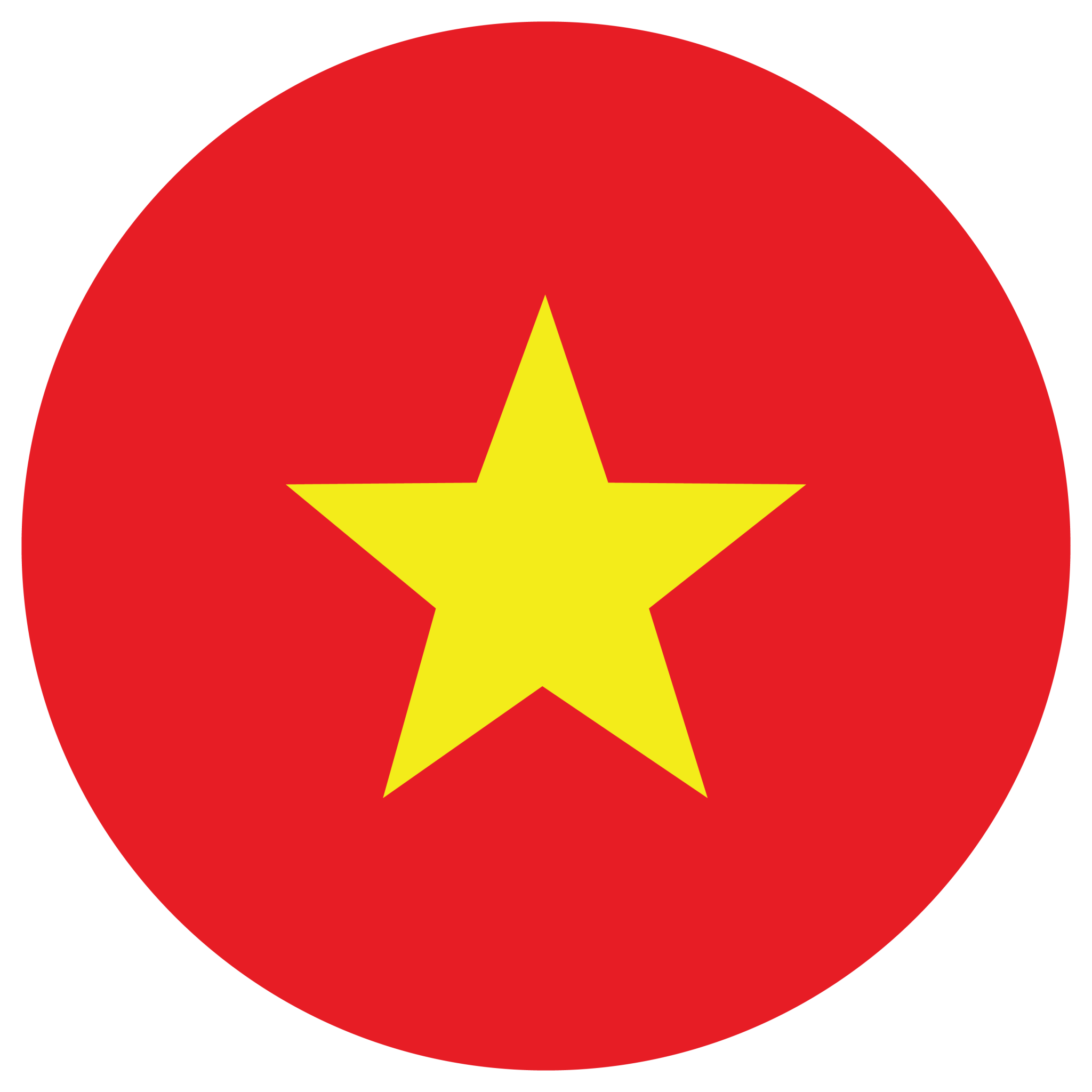Learning to tell time is an important skill that helps kids in their daily lives. Whether it’s knowing when to wake up, when school starts, or when it’s time to play, understanding how to read a clock is essential. Time can be shown in different ways—on analog clocks with hands and digital clocks with numbers. There are also special terms like AM and PM that help us know if it’s morning or evening. In this guide, we’ll explore the basics of telling time, from reading hours and minutes to understanding phrases like “half past” and “quarter to.” We’ll also look at the difference between digital and analog clocks and practice asking and telling the time in English. Let’s get started and make learning time fun!
Learn English with EnglishCentral Kids
Would you like to take your child’s learning journey further? EnglishCentral Kids provides a fun and successful education with 25 minute one-on-one lessons for all ages and levels, along with lesson reports afterwards. There are fun and educational video lessons for your child to explore, and an AI tutor MiMi that will help your child with their English learning journey. Quizzes, interactive activities and entertaining vocabulary learning tools are gathered all on one platform and tailored according to your child’s level and needs.
Sign up to EnglishCentral Kids today for your child, keep learning and practicing!
Understanding Time in English
Time is an important part of our daily lives. It helps us know when to wake up, eat meals, go to school, and play with friends. We use clocks to tell time, and they come in two types: analog and digital. An analog clock has hands that move to show the hours and minutes, while a digital clock displays the time with numbers. Understanding time also means knowing words like morning, afternoon, evening, and night to describe different parts of the day. We also use phrases like o’clock, half past, quarter past, and quarter to when reading the time. By learning how to read clocks and talk about time, we can plan our day better and never be late for important activities!
Hours and Minutes
A clock helps us tell the time by showing hours and minutes. A traditional clock, called an analog clock, has two hands.
– The short hand tells the hour.
– The long hand tells the minutes.
Some clocks also have a thin hand, called the second hand, which moves faster and counts the seconds.
Reading the Hours
To tell time, we always check the hour hand first. If the short hand points at 4, it means the hour is 4 o’clock. If it is between two numbers, it means the time is between those hours. For example, if the hand is between 4 and 5, it means it is sometime after 4 o’clock but before 5 o’clock.
Reading the Minutes
The long hand moves around the clock to show minutes. A full circle around the clock has 60 minutes, and each number represents 5 minutes.
Here’s how we count minutes.
| Numbers on the Clock | Minutes Past the Hour |
|---|---|
| 1 | 5 minutes |
| 2 | 10 minutes |
| 3 | 15 minutes (Quarter past) |
| 4 | 20 minutes |
| 5 | 25 minutes |
| 6 | 30 minutes (Half past) |
| 7 | 35 minutes |
| 8 | 40 minutes |
| 9 | 45 minutes (Quarter to) |
| 10 | 50 minutes |
| 11 | 55 minutes |
| 12 | 60 minutes (Next hour) |
– If the short hand is on 7 and the long hand is on 6, the time is 7:30 or half past seven.
– If the short hand is on 10 and the long hand is on 9, the time is 10:45 or quarter to eleven.
AM & PM
We use AM and PM to tell if the time is in the morning or afternoon/evening.
AM (Ante Meridiem): Used for times from midnight (12:00 AM) to noon (11:59 AM).
– Example: 7:00 AM (morning), 10:30 AM (before noon).
PM (Post Meridiem): Used for times from noon (12:00 PM) to midnight (11:59 PM).
– Example: 3:00 PM (afternoon), 8:15 PM (evening).
A Simple Trick to Remember AM and PM:
If the sun is rising, it’s AM.
If the sun is setting, it’s PM.
O’Clock, Half Past, Quarter Past & Quarter To
When telling time, we often use special phrases instead of just saying the numbers.
O’Clock: Used when the long hand is on 12.
– Example: 10:00 – Ten o’clock.
Half Past: Used when the long hand is on 6 (30 minutes past the hour).
– Example: 4:30 – Half past four.
Quarter Past: Used when the long hand is on 3 (15 minutes past the hour).
– Example: 9:15 – Quarter past nine.
Quarter To: Used when the long hand is on 9 (15 minutes before the next hour).
– Example: 7:45 – Quarter to eight.
Digital vs. Analog Clocks
There are two types of clocks we commonly see:
Analog Clocks
– Have two or three hands (short for hours, long for minutes, sometimes a second hand).
– Use numbers 1 to 12 on the face.
Example: If the short hand is on 5 and the long hand is on 6, the time is 5:30 or half past five.
Digital Clocks
– Show time in numbers only.
– Use 24-hour format (military time) or 12-hour format with AM/PM.
Example:
5:30 AM (morning)
17:30 (5:30 PM) in 24-hour format.
Digital clocks are easier to read because they show the exact numbers, but learning how to read analog clocks is still important.
Asking & Telling the Time
When asking for the time, you can use these phrases.
– What time is it?
– Can you tell me the time?
– Do you know what time it is?
– It’s three o’clock.
– It’s half past seven.
– It’s quarter to nine.
– It’s 10:45 AM.
Fun Exercises & Practice
To get better at reading the time, try these fun and interactive activities! These exercises will help you understand hours, minutes, and different ways to tell time while making learning enjoyable.
1. Matching Game (Time Puzzle Challenge)
This is a great way to practice recognizing and matching different times!
– Draw several clock faces on pieces of paper or cardboard, showing different times.
– On separate pieces of paper, write the matching digital times (e.g., “3:45” or “Quarter to Four”).
– Mix them up and challenge yourself (or a friend) to match the correct analog clock with its digital time.
– Set a timer and see how many you can match in 2 minutes!
– Use a stopwatch to challenge yourself to beat your previous time.
2. Daily Routine Time Chart
This activity helps kids connect time with real-life activities.
– Make a chart with different parts of the day and write down when you do certain activities.
– Draw small pictures next to each activity (a bed for wake-up time, a sandwich for lunch, etc.).
– Compare your routine with a friend’s and see how your schedules are different!
– Try making a weekend routine chart – does your schedule change?
Example:
| Activities | Time |
|---|---|
| Wake up | 7:00 ÖÖ |
| Breakfast | 7:30 ÖÖ |
| Go to school | 8:00 ÖÖ |
| Lunch | 12:30 ÖS |
| Playtime | 4:00 ÖS |
| Dinner | 7:00 ÖS |
| Bedtime | 9:00 ÖS |
3. Clock Drawing Challenge
A creative way to learn how to tell time by drawing your own clocks!
How to Play:
– Ask a friend, parent, or teacher to say a time (e.g., “Half past three”).
– On a blank clock template, draw the clock hands to show the correct time.
– Check with a real clock or digital time to see if you got it right!
– Try using colorful markers for the hour and minute hands.
– Add a fun background to your clock—maybe a space theme, a jungle, or a city skyline!
– Make a challenge with a timer – can you draw 5 correct clocks in 5 minutes?
4. Time Scavenger Hunt
This game helps kids become aware of clocks in their surroundings.
– Walk around your house, school, or neighborhood and find different clocks.
– Write down what time each clock shows.
– If possible, take pictures of different types of clocks (wall clocks, watches, microwave clocks, phone clocks, etc.).
– Find at least five different kinds of clocks and compare how they show the time.
– Try spotting both digital and analog clocks— which one is easier to read?
– Set a goal: How many clocks can you find in 10 minutes?
5. Role-Playing Conversations
This activity helps kids practice asking and telling the time in a natural way.
How to Play:
– Pair up with a friend, sibling, or parent.
– One person asks, “What time is it?”
– The other person looks at a real clock and answers using different time phrases.
Example:
A: “What time is it?”
B: “It’s quarter past five!”
Frequently Asked Questions About English for Kids – How to Tell Time
What is the difference between the hour hand and the minute hand on a clock?
The hour hand is the shorter hand on an analog clock, and it shows the hour. The minute hand is the longer hand, and it points to the minutes.
What does “O’clock” mean?
“O’clock” means the exact hour. If the time is 5:00, we say “five o’clock.”
How do I know if it’s AM or PM?
To know if it’s AM or PM, you can look at the time of day. AM (Ante Meridiem) refers to the time between 12:00 midnight and 11:59 in the morning. PM (Post Meridiem) refers to the time between 12:00 noon and 11:59 at night. A simple rule is that AM is for morning hours, and PM is for afternoon and evening hours.
Why does a clock have 12 hours instead of 24?
A traditional analog clock has 12 hours, but we go through the cycle twice a day—once in the morning (AM) and once in the evening (PM). This makes a full 24-hour day. Digital clocks sometimes show time in a 24-hour format, where 1:00 PM is written as 13:00, 2:00 PM as 14:00, and so on.
You can access everything your child needs to learn English on a single platform! With 25-minute live lessons guided by teachers specialized in child education, entertaining and instructive interactive videos designed for child development, vocabulary learning tools, the AI Tutor MiMi, quizzes, and interactive activities, EnglishCentral Kids offers a personalized and quality education plan tailored to your child’s needs at affordable prices. How about registering for EnglishCentral Kids now and starting your child’s English learning journey?











